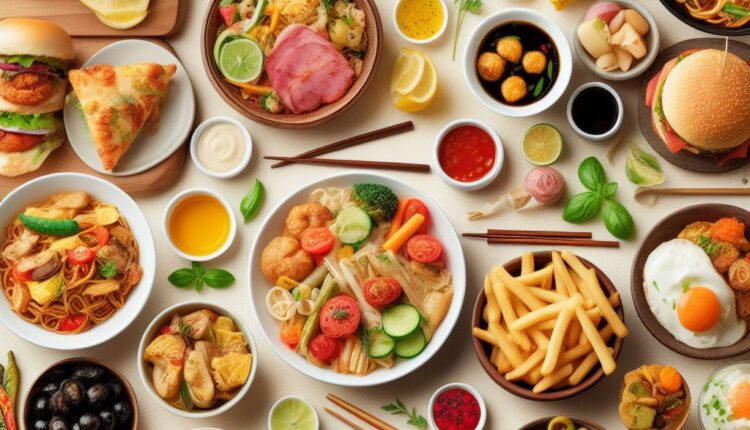Nourishing Social Bonds: Exploring Food Quality in the Middle East
Nourishing Social Bonds: Exploring Food Quality in the Middle East
The Middle East, a region renowned for its rich history, diverse cultures, and vibrant traditions, also boasts a culinary landscape that reflects the essence of social connections and communal bonds. This in-depth exploration delves into the quality of food in countries like Egypt, Saudi Arabia, Syria, Turkey, and other Arab nations, emphasizing the social dimensions that surround the preparation, consumption, and appreciation of meals.
A Tapestry of Culinary Excellence:
1. Egypt:
Egyptian cuisine is a delightful fusion of flavors rooted in ancient traditions. From aromatic koshary to savory falafel, the diversity of Egyptian dishes mirrors the country’s cultural richness. The communal aspect of food is evident in festive gatherings where families and friends come together to share a variety of dishes.
2. Saudi Arabia:
Saudi Arabian cuisine reflects a blend of Bedouin and cosmopolitan influences. Traditional dishes like kabsa and mandi are shared with pride during special occasions. The quality of ingredients, often locally sourced, contributes to the authenticity and richness of the culinary experience.
3. Syria:
Syrian cuisine is a testament to the country’s historical crossroads. Dishes like shawarma, kebabs, and various mezze plates showcase the diverse influences that have shaped Syrian gastronomy. The social importance of food is emphasized during community events and familial celebrations.
4. Turkey:
Turkish cuisine is a harmonious blend of flavors and textures. From succulent kebabs to rich baklava, Turkish dishes are renowned for their quality and diversity. Meals in Turkey often bring people together, fostering a sense of unity and connection.
5. Other Arab Nations:
The Arab world is a mosaic of culinary treasures, each nation contributing its unique flavors. From the couscous of Morocco to the Mansaf of Jordan, food plays a central role in social gatherings, reinforcing cultural ties and creating cherished memories.
The Social Fabric of Food Quality:
1. Community Celebrations:
Festivals and celebrations in the Middle East are often centered around food. Whether it’s the joyous Eid al-Fitr or the festive atmosphere of weddings, the quality of the food served is a measure of hospitality and generosity.
2. Family Traditions:
In Middle Eastern cultures, passing down recipes through generations is a cherished tradition. The preparation of traditional dishes often involves the entire family, reinforcing a sense of continuity and shared identity.
3. Local Markets and Sourcing:
The emphasis on local and fresh ingredients is a common thread in Middle Eastern culinary practices. Local markets, known as souks, are vibrant spaces where people gather not only to purchase ingredients but also to engage in social interactions.
Challenges and Opportunities:
1. Modernization and Fast Food:
The Middle East, like many regions, faces the challenges of modernization and the rise of fast food. While convenient, these trends sometimes pose a threat to traditional culinary practices and the social aspects associated with communal dining.
2. Economic Disparities:
In some areas, economic disparities impact access to high-quality ingredients. Efforts to address these disparities and promote sustainable practices are essential for ensuring food quality across diverse communities.
Embracing Culinary Diversity for Social Unity:
Understanding and appreciating the social dimensions of food quality in the Middle East contribute to a broader acknowledgment of the region’s cultural richness. From the bustling streets of Cairo to the serene landscapes of Riyadh, food serves as a bridge that connects people, fostering unity and understanding.
In conclusion, the quality of food in the Middle East extends beyond the palate; it is a reflection of shared history, cultural diversity, and the enduring bonds that form around the communal table. As the region continues to evolve, preserving and celebrating these social aspects of food can contribute to a harmonious and vibrant Middle Eastern culinary landscape.
Feel free to include this extended version on your website. If you have specific details or additional information you’d like to incorporate, please provide them, and I’ll tailor the content accordingly.
